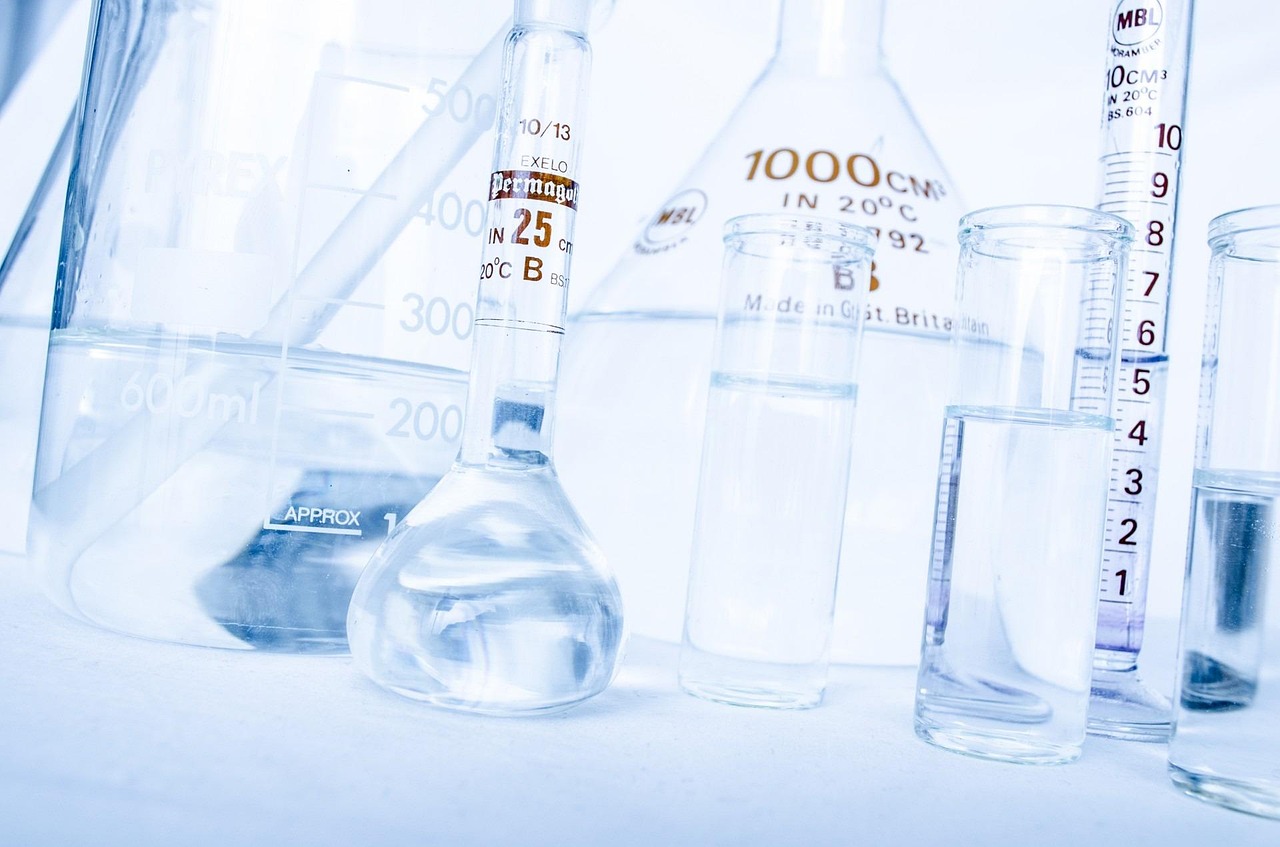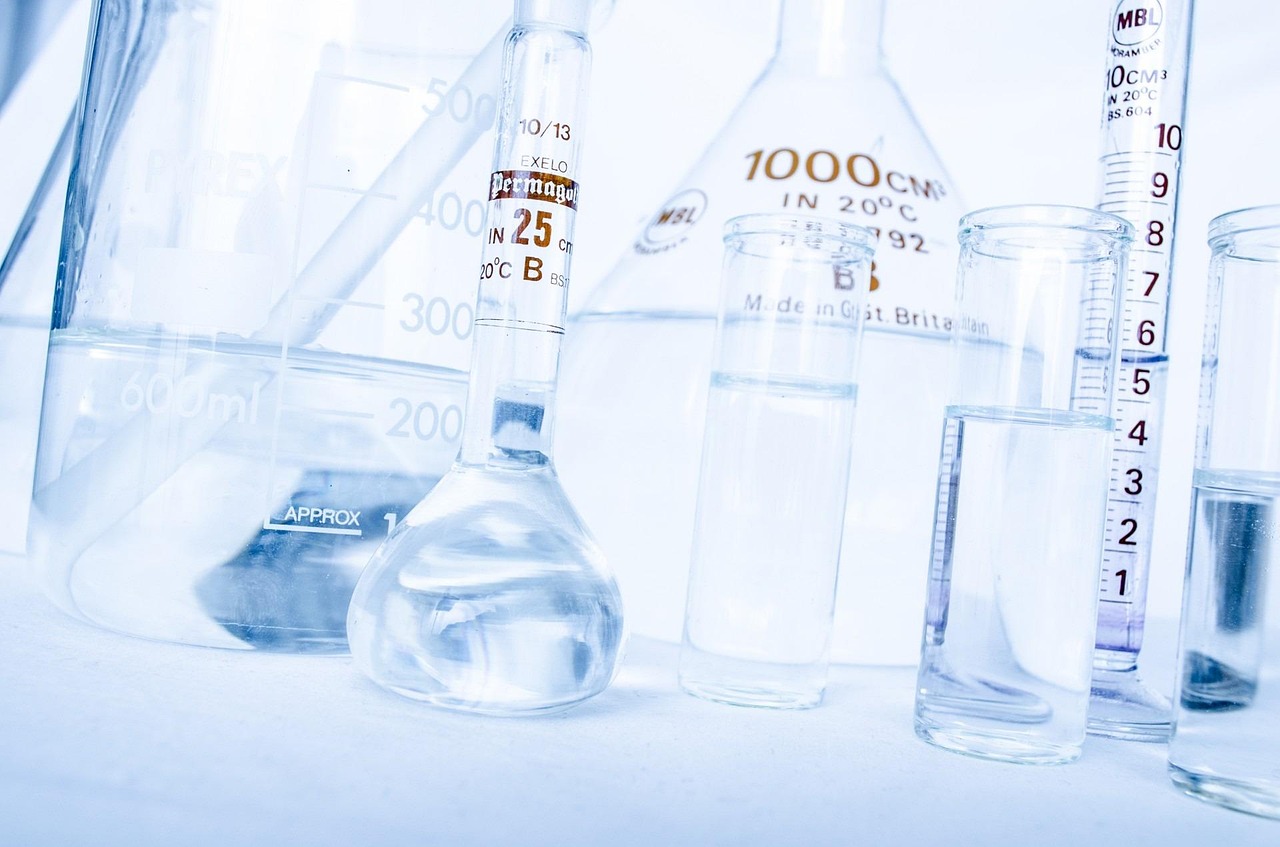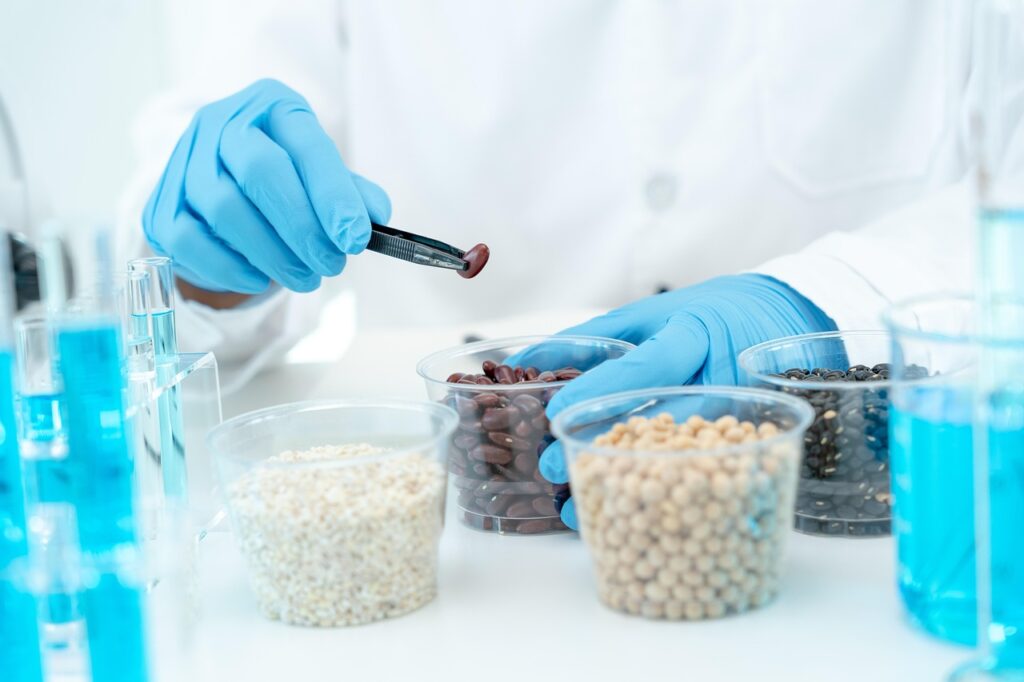Real-time Shelf life stability testing plays an indispensable role in a variety of industries, including but not limited to food, pharmaceuticals, and cosmetics. Its significance lies in its ability to safeguard product quality and safety, ensuring that consumers receive items that meet or exceed their intended standards throughout their shelf life.
In the ever-evolving landscape of product development and quality assurance, businesses often find themselves at a crossroads when determining the most appropriate testing approach. This decision hinges on whether to employ accelerated testing or real-time testing methods. Both avenues are instrumental in providing valuable insights, but they diverge significantly in terms of time, cost, and accuracy.
In this article, we’ll delve into the differences between these two approaches, highlighting their pros and cons to help you make an informed choice for your specific needs.
Accelerated Shelf Life Stability Testing
Accelerated testing is a method that speeds up the aging process of products to predict their shelf life under normal storage conditions. Here are the key aspects to consider:
Pros of Accelerated Testing:
- Time Efficiency: Accelerated testing allows for quicker results. By subjecting products to elevated stress conditions, you can obtain data within a relatively short period, which is advantageous for businesses seeking rapid insights.
- Cost Savings: Accelerated testing typically requires fewer resources, making it a cost-effective choice for companies looking to save on time and budget.
- Identification of Weaknesses: This method can help identify product weaknesses and potential issues sooner, allowing for timely adjustments and improvements in product formulation or packaging.
Cons of Accelerated Testing:
- Assumption of Linearity: Accelerated testing assumes that the degradation of products is linear, which may not always be the case. Real-world conditions can be complex and nonlinear, making predictions less accurate.
- Risk of Overstating Shelf Life: There is a risk of overestimating a product’s shelf life if the accelerated conditions do not adequately mimic real-world storage conditions.
Also if you are interested, check out our blog on accelerated shelf life testing for an depth understanding of the topic.
Real-Time Shelf Life Stability Testing
Real-time testing, as the name suggests, involves monitoring product stability over an extended period under actual storage conditions. Here are the key aspects to consider:
Pros of Real-Time Shelf Life Stability Testing:
- Accurate Representation: Real-time testing provides the most accurate representation of a product’s behavior under normal storage conditions, ensuring that your shelf life data is directly applicable to real-world scenarios.
- Compliance with Regulations: Regulatory agencies often require real-time testing data to assess product safety and quality.
Cons of Real-Time Shelf Life Stability Testing:
- Time-Consuming: Real-time testing is time-consuming and can extend over the entire expected shelf life of a product, which may not be practical for businesses looking for quick results.
- Resource-Intensive: It requires more resources, including storage space and monitoring equipment, which can be costly.
While you are here, you can check our shelf-life testing services for a better understanding of how we can solve your food allergy testing needs.
Conclusion
The choice between accelerated and real-time shelf life stability testing depends on your specific goals, budget, and timeline. Accelerated testing offers speed and cost savings but may sacrifice some accuracy, while real-time testing provides the most accurate results but demands more time and resources.
Ultimately, it’s essential to strike a balance that aligns with your product’s characteristics and industry regulations. Some companies may even choose to combine both methods, using accelerated testing for initial insights and real-time testing to validate and refine their results.
By understanding the pros and cons of each approach, you can make an informed decision that ensures the safety and quality of your pr











